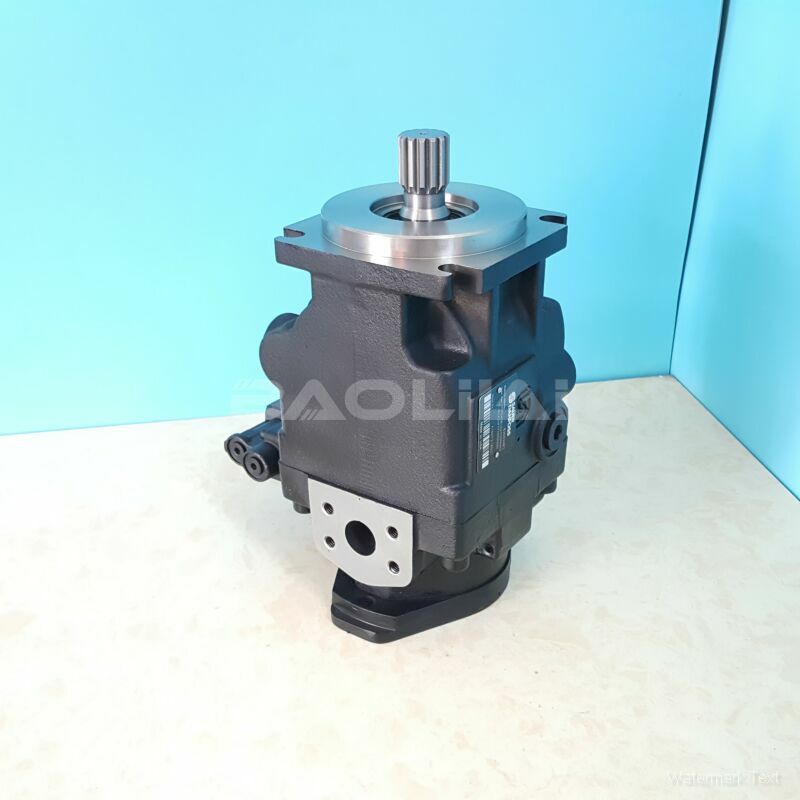JRRS60BLS1914NNN3K4N9A9NNNNJJJNNN hydraulic pump
JRRS60BLS1914NNN3K4N9A9NNNNJJJNNN hydraulic pump

- Product Details
- Applicable Scene
In various industrial applications, fluid transfer is a critical process that demands precision and reliability. Among the different pumping technologies available, plunger pumps stand out due to their ability to handle high pressures and varying fluid viscosities. This article explores the efficiency and safety aspects of plunger pumps in fluid transfer operations, highlighting their advantages and best practices for optimal use.
JR-R-S60B-LS-19-14-NN-N-3-K4N9-A9N-NNN-JJJ-NNN
JRRS60BLS1914NNN3K4N9A9NNNNJJJNNN
Plunger pumps operate based on a simple yet effective mechanism: a plunger or piston moves back and forth within a cylinder, creating suction on the intake stroke and expelling fluid on the discharge stroke. This design enables plunger pumps to deliver a consistent flow rate, maintain high pressure, and work with both clean and abrasive fluids. Industries such as oil and gas, food and beverage, pharmaceuticals, and water treatment frequently utilize plunger pumps for these reasons.

83067428
One of the primary advantages of plunger pumps is their high efficiency. These pumps can achieve and maintain high discharge pressures, making them suitable for applications that require the transfer of fluids over long distances or against significant resistance. Furthermore, the simple mechanical design allows for lower operational costs, as these pumps tend to require less maintenance and have prolonged service life compared to more complex pump types.
However, the efficiency of plunger pumps is not solely dependent on their design; it is also significantly influenced by how they are operated and maintained. Regular maintenance schedules should be implemented to ensure that the pump operates at peak performance. This includes checking for wear and tear on crucial components like seals and plungers, ensuring proper lubrication, and cleaning the pump to prevent blockages that could lead to inefficiency.





